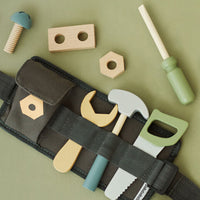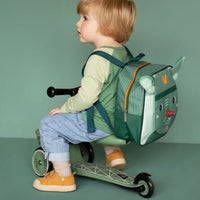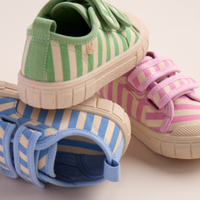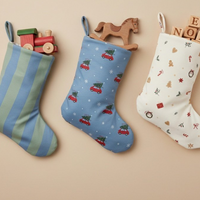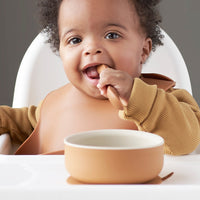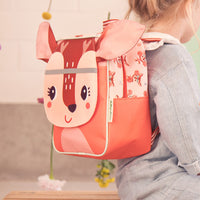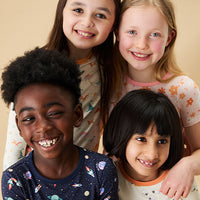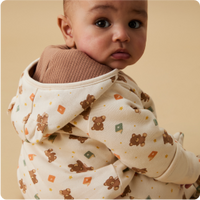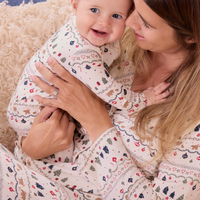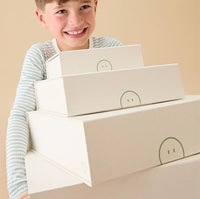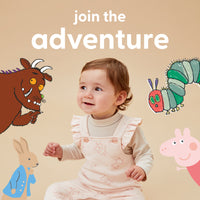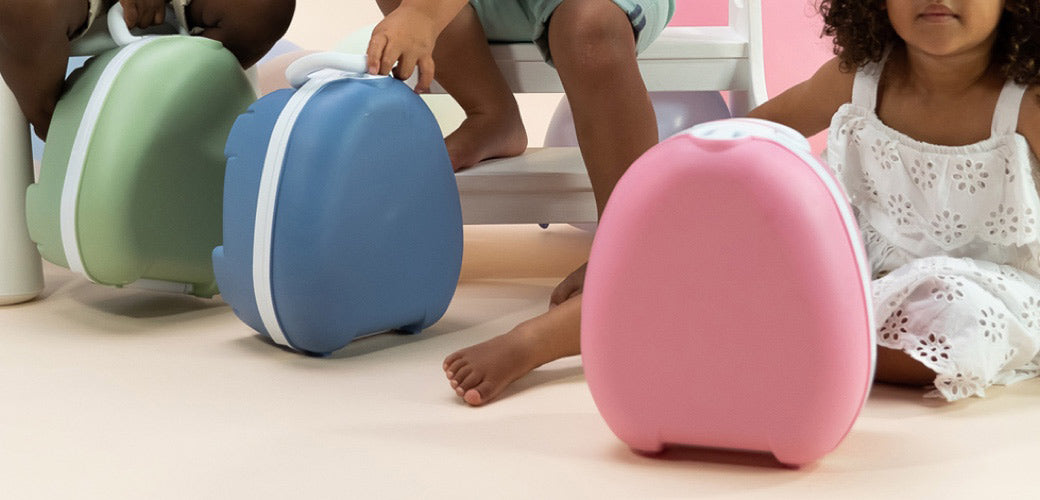
- sale
-
Christmas
-
toys & gifts
-
clothing & accessories
-
-
new & inspiring
-
get inspired
-
trending
- KIDLY by MORI
-
toys
-
activity toys
-
educational toys
-
outdoor play
-
activities
-
outdoor play
-
arts & crafts
- beach & garden toys
-
-
clothes & shoes
-
footwear
-
sleepwear
-
-
travel
-
day nursery & pre-school
-
-
brands
-
new brands
-
trending
-
- sleep club
-
community
-
contact
- Log in
-

- sale
-
Christmas
-
clothing & accessories
-
-
baby & kids
-
bundles & offers
-
toys
-
activity toys
-
educational toys
-
nursery & bath
-
brands
-
new brands
-
-
KIDLY by MORI
- sleep club
-
community
-
contact
- Log in
-
-
Christmas
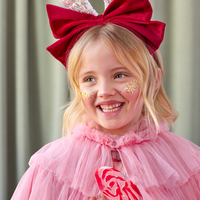 100s of gift ideas
100s of gift ideas
From stockings to showstoppers, MORI makes gifting magical.
-
baby & kids
- sleep
- sleepsuits
- pyjamas
- kids pyjamas (8Y)
- sleeping bags
- bodysuits
- muslins & swaddles
- blankets & throws
- day
- coats & pramsuits
- outfits
- bodysuits
- knitwear
- tops & jumpers
- shoes & trainers
- bottoms
- accessories
- dungarees
- swimwear
- girlswear

[{"currency_code": "$-USD", "country": "US", "continent": "none"},{"currency_code": "$-CAD", "country": "CA", "continent": "none"},{"currency_code": "$-AUD", "country": "AU", "continent": "none"},{"currency_code": "¥-JPY", "country": "JP", "continent": "none"},{"currency_code": "CHF", "country": "CH", "continent": "none"}]
Switch to
USD
?


 100s of gift ideas
100s of gift ideas
